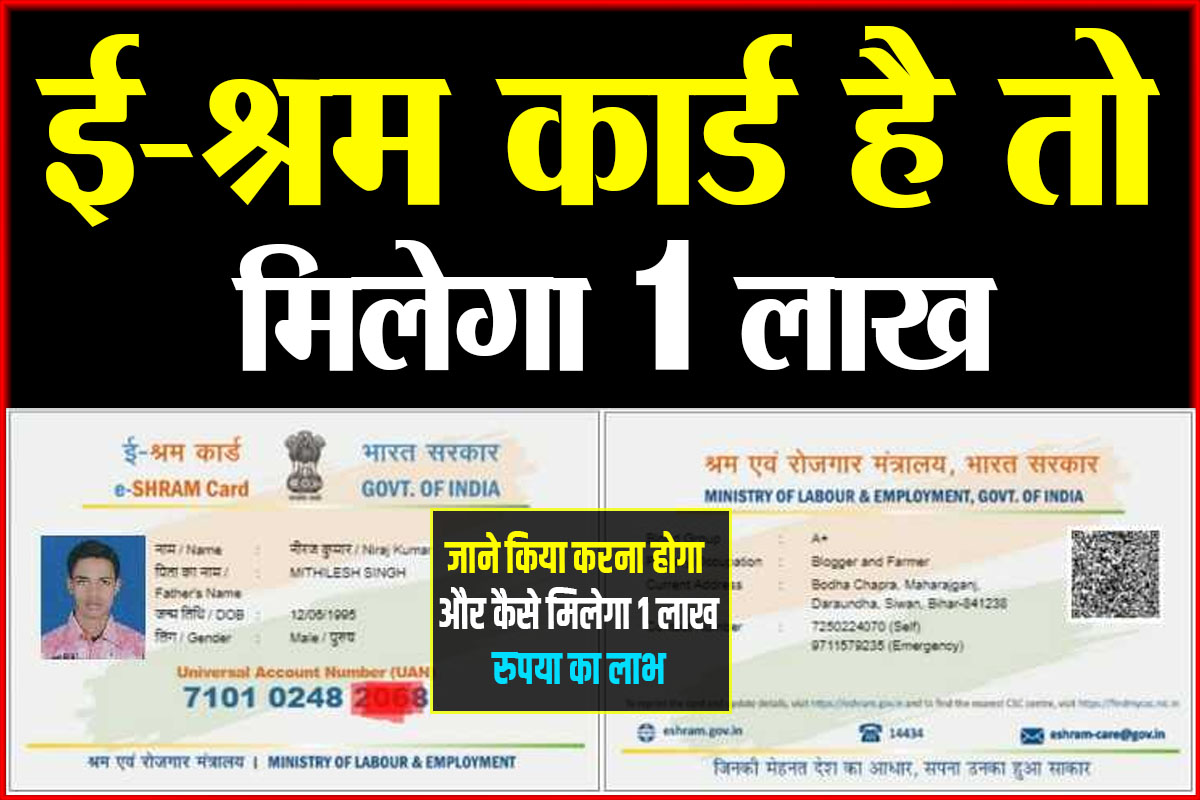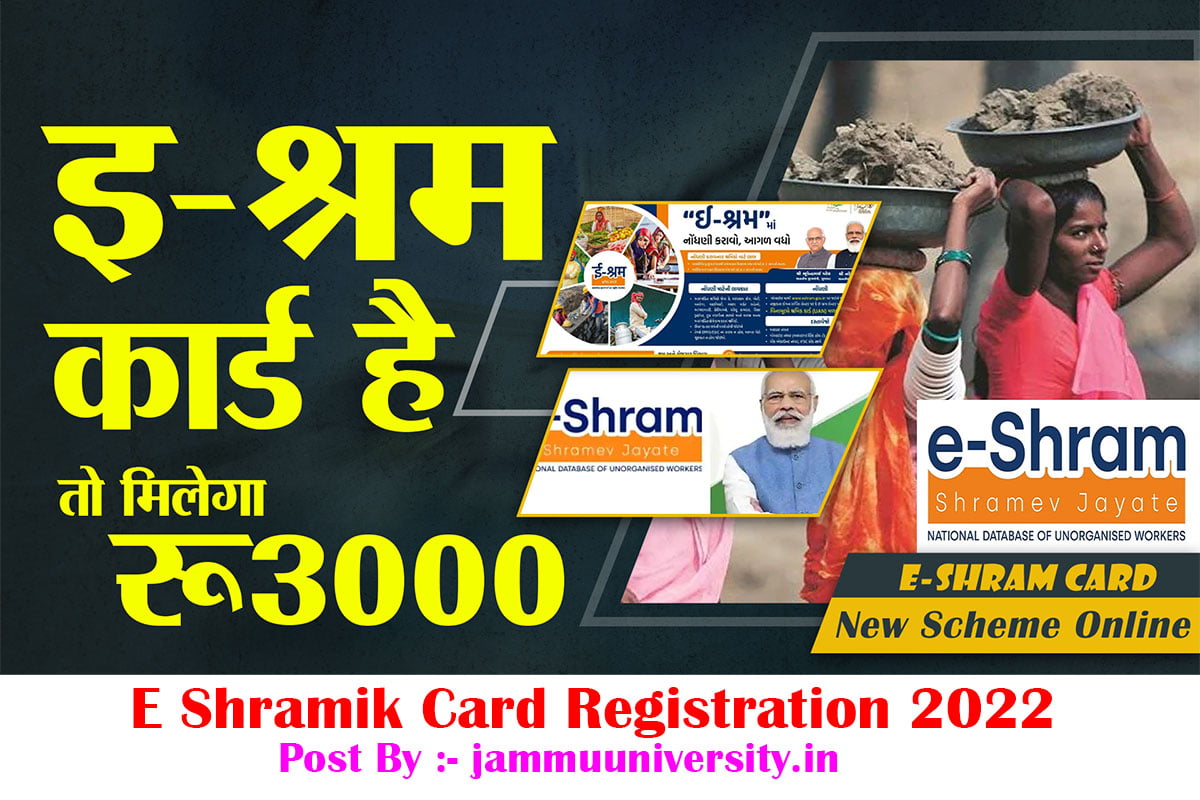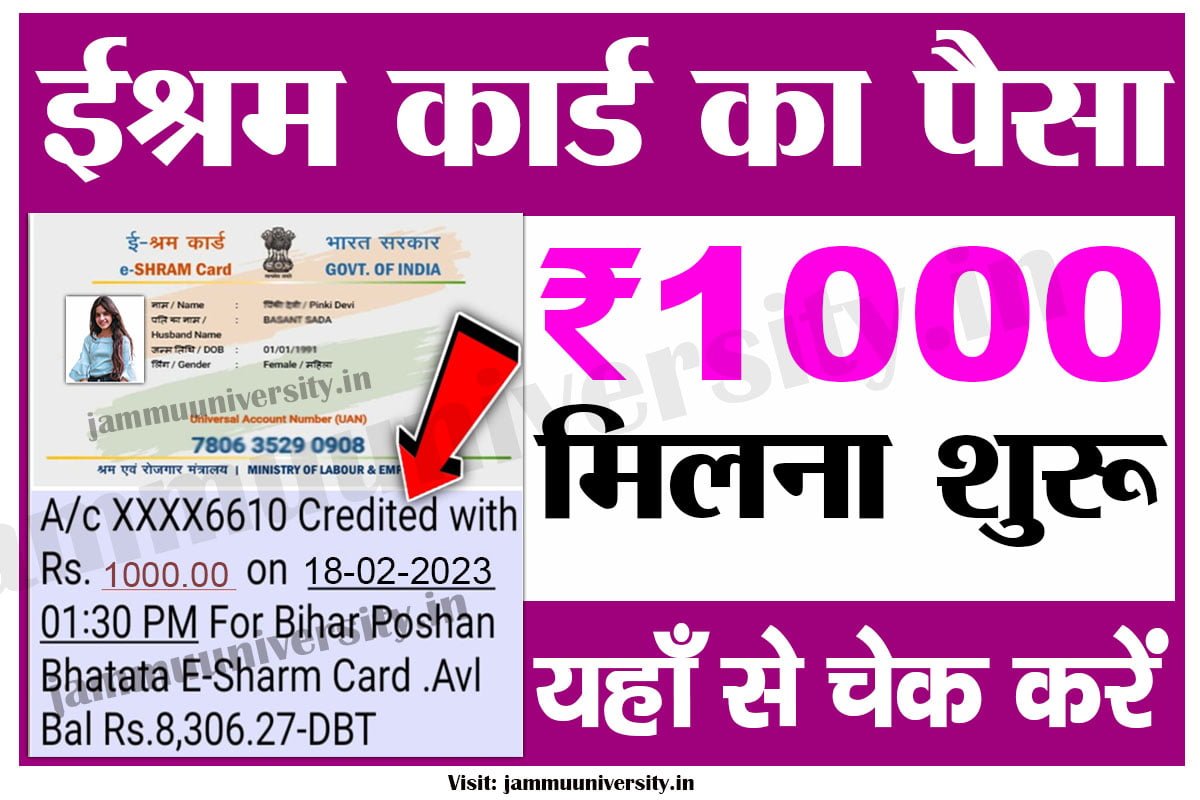$500 Direct Payments Coming in 2025: Financial relief is on the way for millions of Americans as $500 direct payments are scheduled to roll out starting January 2025. This initiative is part of a federal and state-backed program aimed at supporting individuals and families struggling with economic challenges like inflation and rising living costs. Here’s a detailed guide on what these payments are, who qualifies, how to apply, and when you can expect your funds.
What Are the $500 Direct Payments?
The $500 direct payments are designed to provide financial assistance to low- and middle-income households. These payments are primarily distributed using tax return data, ensuring eligible recipients receive funds without additional applications.
For individuals who haven’t filed taxes or need to update their information, there are provisions to apply manually. This makes the program accessible to those who may not typically interact with the tax system.
Who Is Eligible for the Payments?
Eligibility for the $500 direct payments is determined by several criteria, including income levels, household size, and financial hardship. Below are the key factors:
| Eligibility Criteria | Details |
| Income Threshold | Annual income below $75,000 for individuals or $150,000 for joint filers. |
| Tax Filing Status | Filed taxes for 2023 to ensure eligibility verification. |
| Government Assistance | Participation in programs like SNAP, Medicaid, or SSI qualifies. |
| State-Specific Relief | Additional relief programs in states like California and New York. |
| Financial Hardship | Includes job loss, medical expenses, or other significant challenges. |
If you’re unsure about your eligibility, you can use tools on IRS.gov or check your state’s official website for specific guidelines.
How to Apply for the $500 Direct Payments
Most recipients will receive their payments automatically based on their 2023 tax return. However, certain groups, such as non-filers, may need to take additional steps to ensure they receive their payment.
Steps to Apply:
- Verify Eligibility:
Use the eligibility checker tool available on IRS.gov or your state’s website. - Update Your Information:
Ensure that your bank account details and mailing address are up to date. - File Your 2023 Taxes:
If you haven’t already done so, file your tax return promptly to avoid missing out. - Submit Documentation:
Non-filers or individuals with special circumstances may need to submit extra paperwork. - Monitor Your Status:
Track your payment progress using the “Get My Payment” tool on the IRS website.
Payment Timeline
The distribution of the $500 payments will begin in phases starting January 2025. Below is a detailed timeline:
| Payment Method | Expected Date |
| Direct Deposits | Mid-January 2025 |
| Paper Checks | Late January to early February 2025 |
| Follow-Up Payments | March 2025 (for unresolved cases) |
If you don’t receive your payment by February 2025, check the IRS “Where’s My Payment” tool for updates or contact the IRS helpline for support.
States Offering Additional Relief Programs
In addition to the federal payments, several states have implemented their own relief initiatives:
| State | Relief Program | Details |
| California | Golden State Stimulus | Direct payments for low-income residents. |
| New York | Inflation Relief Checks | $500 payments to eligible households. |
| Texas | Special Assistance Programs | Relief for low-income families. |
| Florida | One-Time Family Assistance | Targeted payments for qualifying families. |
| Illinois | Utility Cost Offset Payments | Payments to reduce energy and utility bills. |
Visit your state’s official website for specific details about these programs.
How to Track Your Payment
The IRS provides tools to help you stay updated on your payment status:
- Visit IRS.gov: Use the “Get My Payment” tool.
- Provide Information: Enter your Social Security Number (SSN), date of birth, and address.
- View Status: Check scheduled dates and payment methods.
If you encounter issues, contact the IRS or your state agency for assistance.
Common Issues and Solutions
Here are some common challenges and how to resolve them:
| Issue | Solution |
| Incorrect Bank Details | Update banking information through your IRS tax account. |
| Missing Tax Return | File or amend your 2023 tax return immediately. |
| Payment Sent to Wrong Address | Request an address update with the IRS. |
| Identity Verification Delays | Submit required documents as requested. |
| Processing Delays | Monitor your IRS portal for updates. |
Tips to Ensure You Receive Your Payment
- File Your Taxes Early: Submit your 2023 return promptly to avoid delays.
- Enroll in Direct Deposit: This ensures quicker payment processing.
- Double-Check Information: Verify all details with the IRS to prevent errors.
- Monitor Updates: Regularly check IRS.gov and official state websites for announcements.
- Avoid Scams: Only rely on official correspondence to safeguard your personal information.
Conclusion: $500 Direct Payments Coming in 2025
The $500 direct payments set to roll out in January 2025 offer much-needed financial relief for millions of Americans. By ensuring your tax and personal information is up-to-date, you can seamlessly receive your payment. Additionally, be sure to explore state-specific relief programs for further assistance.
With proper preparation, you can make the most of this opportunity and address economic challenges effectively.
FAQs Related To $500 Direct Payments Coming in 2025
Individuals earning less than $75,000 annually and joint filers earning below $150,000 are eligible. Additional eligibility criteria include participation in government assistance programs and significant financial hardships.
Direct deposits will start in mid-January 2025, while paper checks will be sent by late January or early February 2025.
Use the “Get My Payment” tool on IRS.gov by entering your SSN, date of birth, and address to view the status.









